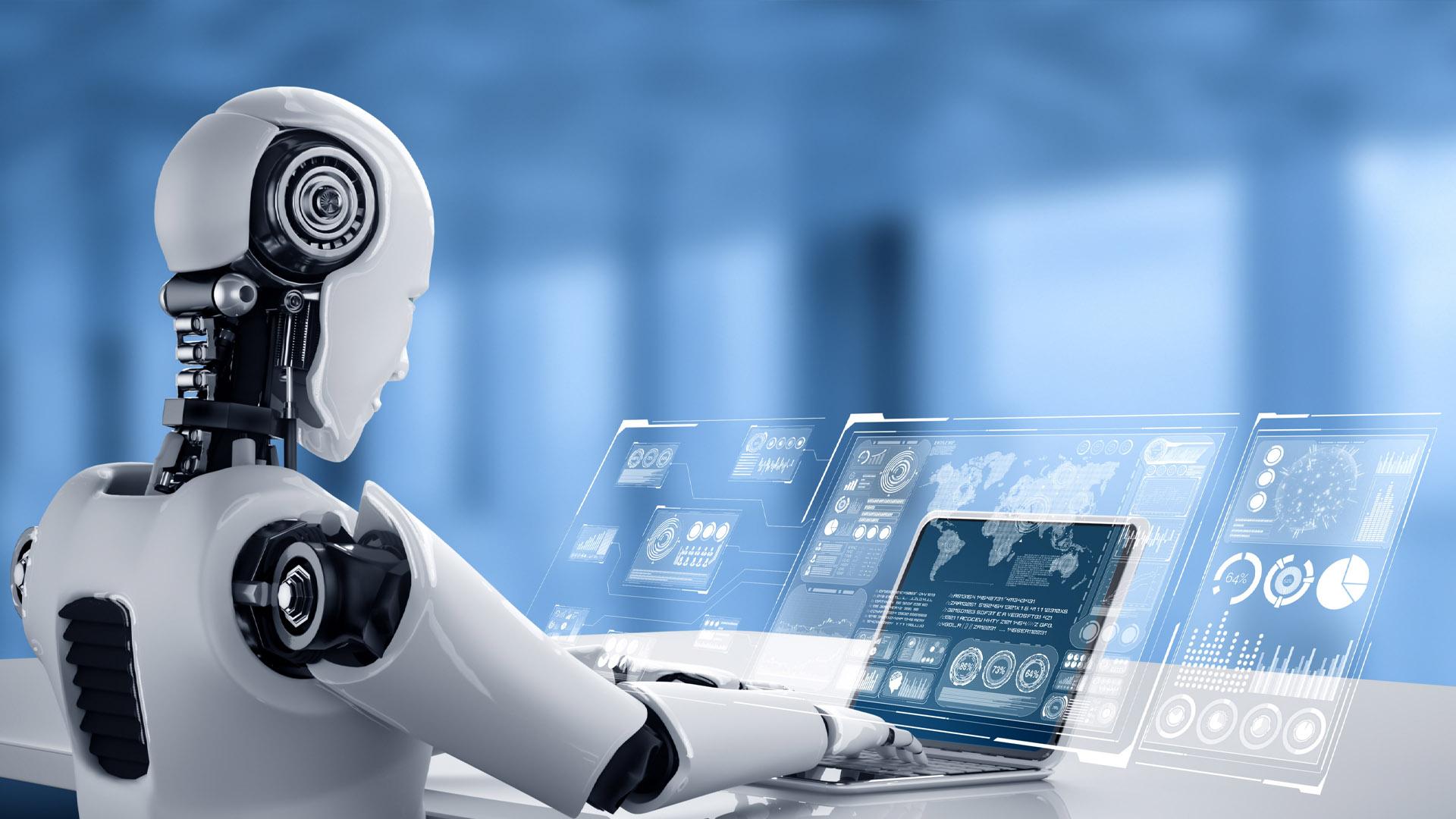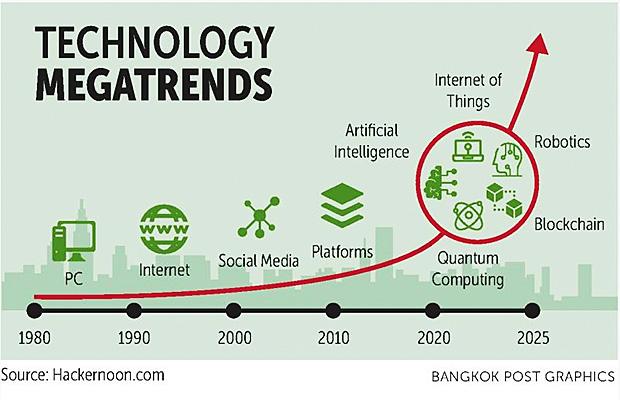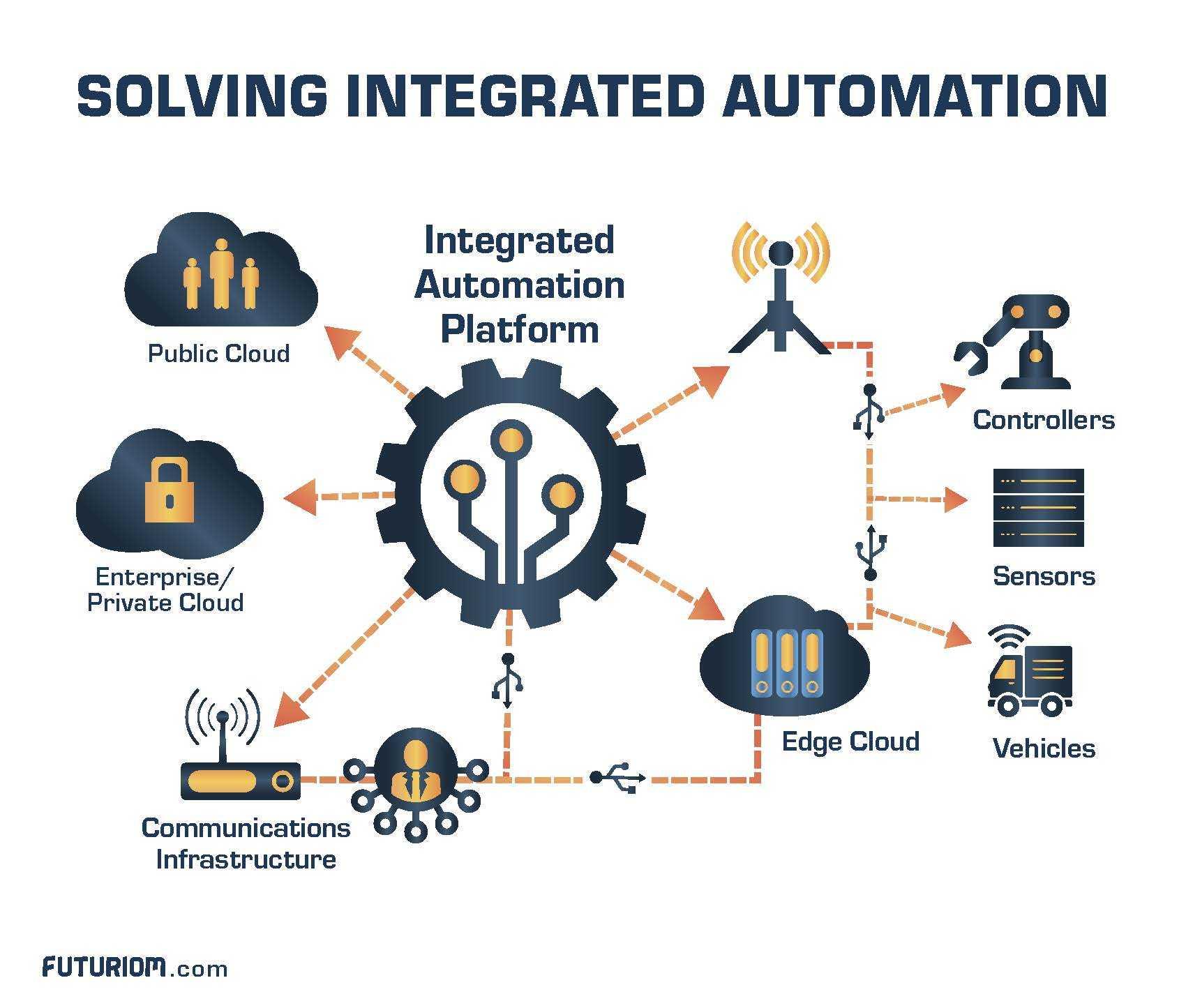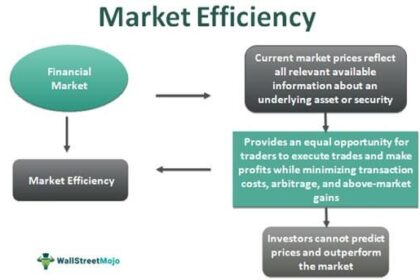In an era where technology continues to reshape the fabric of our daily lives, the realm of human resources is no exception. As businesses confront the dual challenges of efficiency and employee engagement, a powerful ally has emerged: automation. The rise of sophisticated tools and systems is transforming traditional workforce management practices, streamlining processes, and redefining the HR landscape. From recruitment to performance evaluation, automation offers innovative solutions that not only enhance operational efficiency but also free HR professionals to focus on strategic initiatives and human-centric practices. This article delves into the evolution of HR automation, exploring its implications for workforce management and the future of work. Join us as we navigate this transformative journey, uncovering the opportunities and challenges that lie ahead in the quest for a more dynamic and responsive HR paradigm.
Embracing Automation: Streamlining HR Processes for Enhanced Efficiency
As organizations strive to improve their operational efficiency, embracing automation in human resources is rapidly becoming a focal point. By integrating technology into HR processes, businesses can significantly reduce the burden of repetitive tasks. Automated systems not only streamline workflows but also free up valuable time for HR professionals to engage in strategic planning and employee development. Some of the key areas benefiting from automation include:
- Recruitment: Automated applicant tracking systems can filter resumes, schedule interviews, and communicate with candidates seamlessly.
- Onboarding: A digitized onboarding process ensures new hires receive all necessary information and training without delay.
- Payroll Management: Automation facilitates accurate payroll processing, minimizing errors and ensuring compliance.
Moreover, leveraging data analytics through automated systems provides valuable insights into employee performance and satisfaction, enabling HR departments to make informed decisions to enhance workplace morale. By transitioning to automated solutions, organizations can also improve reporting accuracy and maintain compliance with regulations more efficiently. A simple comparative analysis highlights the differences between traditional HR processes and those that are automated:
| Aspect | Traditional Process | Automated Process |
|---|---|---|
| Time Spent | High | Low |
| Error Rate | Higher | Lower |
| Employee Engagement | Limited | Enhanced |

The Data-Driven Future: Leveraging Analytics in Workforce Management
In a world where businesses are inundated with data, leveraging analytics has become essential for optimizing workforce management. Organizations are increasingly turning to advanced analytics tools that provide insights into employee performance, project timelines, and resource allocation. These tools help HR professionals make informed decisions, enhance productivity, and drive engagement. By focusing on key metrics such as employee retention rates, performance trends, and skill gaps, businesses can identify areas for improvement and develop strategies that align with overarching goals.
Moreover, automating data collection processes not only reduces the burden on HR teams but also ensures that data is accurate and up-to-date. This transformation allows managers to focus more on strategic initiatives rather than administrative tasks. Some of the metrics that can be harnessed through workforce analytics include:
- Turnover rates – Understanding why employees leave can lead to improved retention strategies.
- Productivity levels – Monitoring output can help identify high performers and those who may need additional support.
- Employee satisfaction scores – Gauging employee morale can inform engagement strategies.
As organizations embrace these analytics-driven approaches, they can expect not only to boost efficiency but also to create a dynamic and responsive workplace culture.

Cultivating a Human Touch: Balancing Technology and Employee Engagement
The implementation of automation in Human Resources brings forth numerous advantages, yet it poses a challenge in maintaining a personalized connection with employees. To ensure engagement is nurtured in this tech-driven landscape, organizations should focus on harnessing technology while simultaneously emphasizing the human touch. This balance can be achieved by integrating tools that facilitate meaningful interactions and feedback, thereby fostering a more connected workforce. Consider the following strategies:
- Regular check-ins: Utilize AI-driven platforms for scheduling regular employee check-ins that prioritize personal conversations over mere data analytics.
- Customized onboarding experiences: Leverage automation to tailor onboarding processes, ensuring new hires feel valued and welcomed.
- Recognition programs: Implement automated recognition systems that celebrate achievements while encouraging peer-to-peer acknowledgments, enhancing team cohesion.
In addition, organizations can utilize data-driven insights to inform HR practices without losing sight of individual employee needs. By analyzing patterns in employee engagement and satisfaction scores, HR teams can identify areas requiring attention and development. The following table illustrates potential metrics to track:
| Metric | Purpose | Impact on Engagement |
|---|---|---|
| Employee Net Promoter Score (eNPS) | Gauge employee loyalty and satisfaction | Informs retention strategies |
| Employee Engagement Index | Measure overall workplace morale | Drives initiatives to improve culture |
| Training Participation Rates | Determine engagement in professional development | Identifies skill gaps and career aspirations |

Navigating Challenges: Best Practices for Successful Automation Integration
Successful automation integration in HR requires a strategic approach to manage various challenges effectively. One key aspect is communication across all teams involved in the automation process. Establishing clear lines of dialogue ensures that everyone understands the objectives, timelines, and individual responsibilities. It’s also essential to involve employees in the transition, addressing concerns and gathering input, which can help in minimizing resistance. Regular feedback loops during the implementation phase allow for adjustments, creating a smoother transition that actively involves the workforce.
Moreover, conducting a thorough assessment of existing workflows serves as a foundation for identifying areas where automation will yield the most benefit. By prioritizing processes that are repetitive yet critical, organizations can maximize efficiency while allowing HR professionals to focus on more strategic tasks. Incorporating pilot programs before full-scale deployment can also mitigate risks. These smaller experiments provide the opportunity to test the integration, gather valuable data, and refine approaches prior to wider implementation. Below is a quick overview of these best practices:
| Best Practice | Description |
|---|---|
| Effective Communication | Maintain transparency and clarity among all teams. |
| Employee Involvement | Encourage feedback and address concerns during transitions. |
| Workflow Assessment | Identify and prioritize repetitive processes for automation. |
| Pilot Programs | Test integrations on a smaller scale before full deployment. |
To Conclude
As we stand on the brink of a new era in workforce management, the sweeping wave of automation brings with it a promise of not only enhanced efficiency but also a refreshing redefinition of the HR landscape. Organizations are beginning to recognize that technology is not merely a tool, but a strategic partner in nurturing a dynamic and engaged workforce. Embracing automation allows HR professionals to shift their focus from mundane administrative tasks to fostering talent, cultivating culture, and championing employee well-being.
As the journey unfolds, the balance between human touch and technological advancement will be pivotal. HR industries must navigate this transition thoughtfully, ensuring that automation serves to empower rather than replace the invaluable human connections that form the backbone of any successful organization. The path ahead is filled with potential, and by harnessing the power of automation, companies can not only streamline operations but also elevate the employee experience to unprecedented heights.
In this rapidly evolving landscape, one thing remains clear: the future of HR is not just about adapting to change but about embracing it as an opportunity for growth and innovation. As we continue to transform and adapt, let us remain vigilant stewards of our workforce, ensuring that technology complements humanity so we can truly thrive together in this new age of work.


